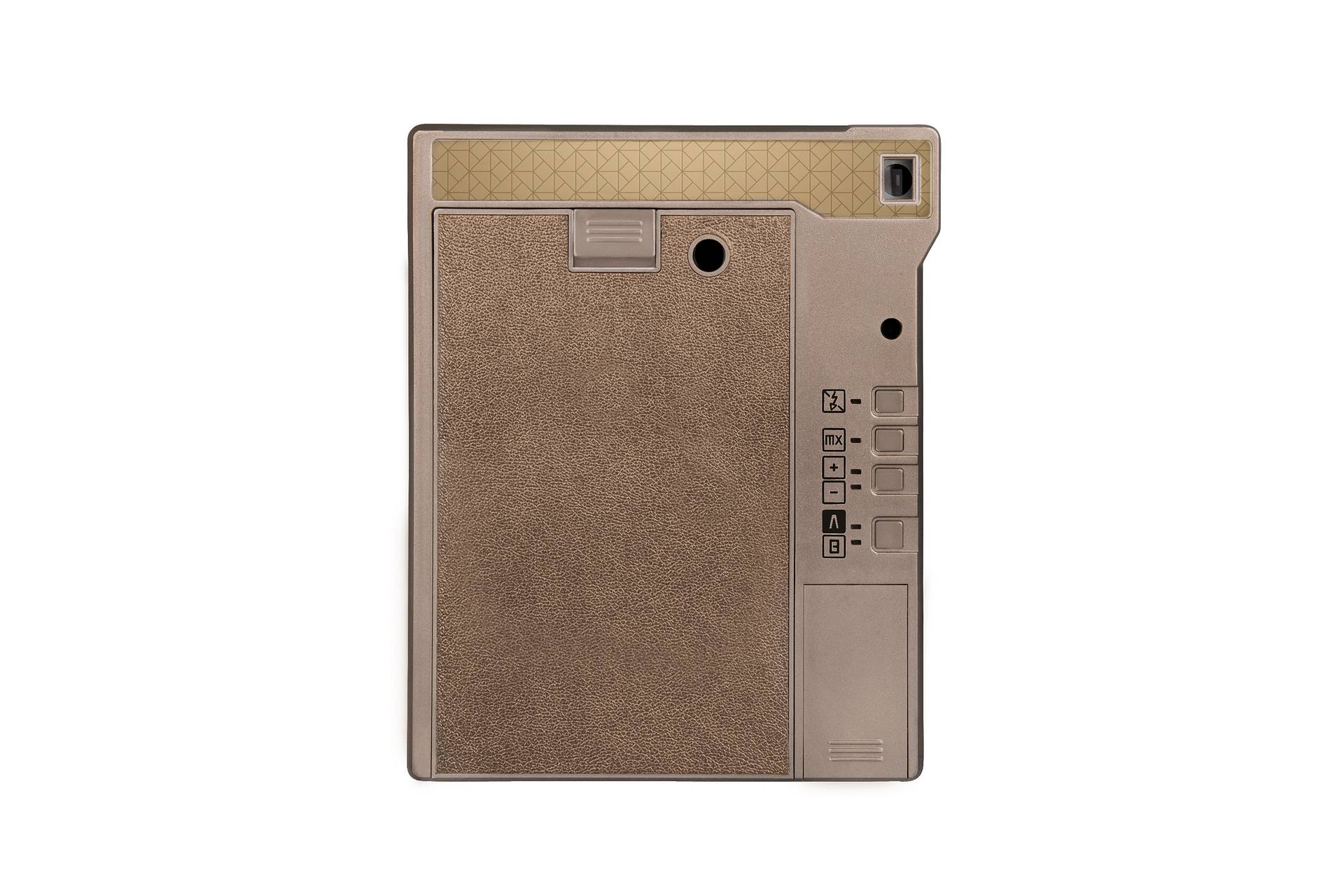How to do multiple exposures with an instant camera?
Lomography Instant cameras have a multiple exposure button or switch (labelled MX). This allows you to expose one frame as many times as you like, easily creating incredible layered effects.

On most Lomography Instant cameras you can simply press the MX button, then take as many exposures as you want. When you’re done, press the MX button again to eject the film.
You may want to use the exposure compensation button (+/- 1) in tandem with the MX button to ensure you don’t over expose your image.
The multiple exposure button is a feature of the Lomo’Instant, Lomo’Instant Automat, Lomo’Instant Automat Glass, Lomo’Instant Wide, and Lomo’Instant Square.
The Diana Instant Square has a switch, instead of a button, that slides up to turn the MX mode on, but the premise is exactly the same. While the switch is on “MX” you can press the shutter button as many times as you like without ejecting the film.

You can also use the Splitzer attachment to get even more creative with your multiple exposures. With the Splitzer on your lens, hit the multiple exposure button, and twist the Splitzer to expose a different part of your frame each time you hit the shutter release. That way you can slice and dice your frame to create surreal works of art! The Splitzer is available as part of the lens package of our instant cameras.
Anything missing?
Can’t find an answer to your question? Or do you have some useful advice to add to one of our courses? We want to build the world’s largest analogue learning space, so please send any further requests or information to school@lomography.com and we’ll take a look!
More Courses
-
How do I clean my instant camera rollers?
Gently wipe the rollers with a soft cloth, tissue paper or cotton swab saturated with alcohol or ionized water. Once done with that area, press the shutter to make the rollers move, then so the same on the newly accessible parts. Repeat the process until there are is no visible dirt or black streaks left.
-
How do I creatively alter my instant photos?
Revamp your old instants or experiment with your fresh ones by trying out these five alteration ideas.
-
How do I create a transparency with instant photos?
Create transparencies from your Instax photos to elevate their uniqueness! Just follow these five easy steps.
-
What are the best techniques for taking multiple exposure photos?
Multiple exposures are one of the best ways to push your creativity with film photography. Here are a few techniques to help you take your photos to the next level.
-
What is a multiple exposure?
Multiple exposures (or MX) are photographs in which two or more images are superimposed in a single frame, and they’re super easy to create using your analogue camera. Set an image of a train against a field of flowers, or prop your friend’s face against an image of a city skyline to create enchanting and surreal images.
-
What is EBS?
EBS is short for Expose Both Sides, which is a technique in analogue photography wherein you do just that. You first load and shoot your film like you normally would. Once finished, remove and reload the film, but this time with the opposite side of the emulsion facing towards the lens. The EBS technique produces redscale-like, otherworldly double exposures.
-
How do I make an instant film emulsion lift?
Experiment by doing emulsion lifts on your Polaroid prints! Here are the materials that you need and the five easy steps to follow.
-
What is the best type of 35 mm film for double exposures?
Multiple exposures can be made with any type of film, but we recommend using black and white or color negative rather than E-6 slide film because it has a wider exposure latitude, meaning it can handle over or under exposure very well.
-
What happens if I take out the instax film canister from my camera with film still inside?
Removing the instax film canister from your camera when you still have unexposed film inside will likely result in at least one ruined and unusable instax. Any instax film beneath the first one will probably be fine, although they could also contain light leaks.


